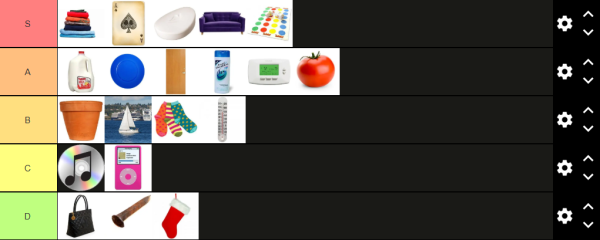Mental Health at Christ Church: Why We Need a Student Wellness Committee
Mental health has become a widespread concern in America, especially among teenagers. Recent tragedies such as the Sandy Hook and Parkland shootings have created legitimate fear across the country, as the concept of mental illness contains a lot of unknowns to so many Americans. The topic has become taboo, and an increasing fear of the condition only contributes to the stigma. Theresa Nguyen of Mental Health America reports that 76% of youth “are left with no or insufficient treatment” and rates of severe youth depression have increased by 64% in the last 5 years, soaring from 5.9% to 8.2%.
Ignorance about mental health is just as concerning as mental health itself. In 2013, a Kaiser Health poll reported that 47% of respondents would be uncomfortable living next door to someone who had a serious mental illness. Unfortunately for those respondents, it was recently reported by the National Institute for Mental Health that 1 in 5 people suffer from a mental illness.
If these statistics exhibit one thing, it’s that it’s time for a change, and the establishment of the Student Wellness Committee at CCES is a step in the right direction. I had the opportunity to sit down with Zay Kittredge, school guidance counselor and founder of the committee, to discuss the need for the group and what impact the hopes to see the group make on the school community.
Walking into his office, I could already feel a sense of excitement about the group. I cut right to the chase, asking him why he felt that the committee needed to be established. He thought for a minute, “One of the main goals behind the strategic plan is wellness and balance. The school in general is trying to address wellness in a very holistic sense.”
Sure enough, Goal 3 of the CCES 2017-2022 strategic plan is to “promote well-being and balance.” The school states that it will take a “proactive stance in equipping students to contend with negative stress by fostering their self-awareness.” After sitting down with him, Mr. Kittredge’s view of the responsibilities of the Wellness Committee is as broad as the view displayed by the Strategic Plan. Self-care, mindfulness, gratitude, nutrition, substance use, diversity leadership, and crisis intervention, among others, are listed as topics that are to be covered by the school’s new Wellness program.
There seems to be no doubt that Christ Church is taking the necessary steps to create a healthy community. But many students are left to wonder, what exactly does all this mean? Physically, what steps will be taken by this Wellness Committee and what direct impact will that have on students?
Mr. Kittredge’s excitement never once wavered throughout the interview. It was obvious that he was thrilled to introduce such an important aspect to the CCES community. But when I asked him about the actions that would be taken by the committee, he was intentionally vague, stating that “things are going to happen, changes will be made, and it’s very important for students to have a voice in what changes happen in your life.”
This may seem like a non-answer, but this response gives great insight into what this committee truly is: it’s whatever the committee wants to be. Being made of students, the committee has the capability to identify issues within the student body and help assist in solving those problems. By giving students “a voice in what changes happen”, the gap between teacher/administrator and student is effectively closed.
The Christ Church community constantly deals with stress. From as early as middle school, CCES students have to deal with grueling assignments and high academic standards. Teachers and administrators, unfortunately, aren’t able to directly relate to these students. By establishing a board of students who are dealing with the same amount of homework and are also freaking out about exams, students are able to talk through their issues with someone they know understands. By creating casual conversations between peers, the school as a whole is able to effectively begin the fight against stress, anxiety, and depression, one step at at a time.






